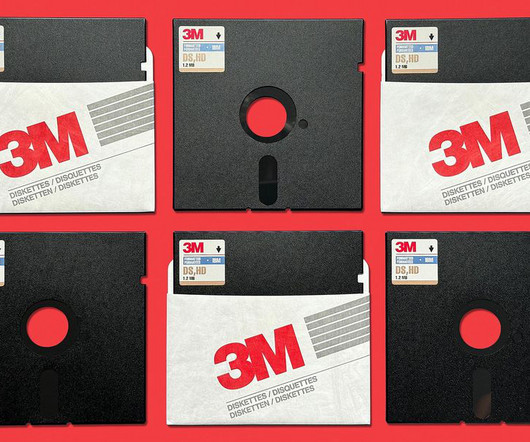California 2017 GHG inventory shows 1.2% total drop from 2016; transportation sector emissions up 1%
Green Car Congress
AUGUST 14, 2019
Transportation sector emission sources include combustion of fuels utilized in-state that are used by on-road and off-road vehicles, aviation, rail, and water-borne vehicles, as well as a few other smaller sources. In-State Hydro, Solar, and Wind Electricity Generation. This is, however, the lowest growth rate over the past 4 years.



















Let's personalize your content